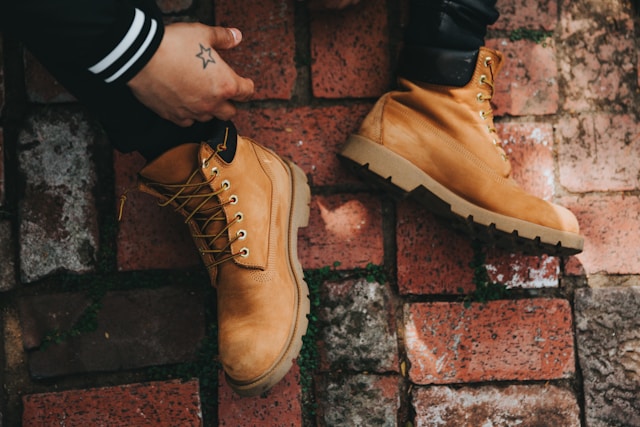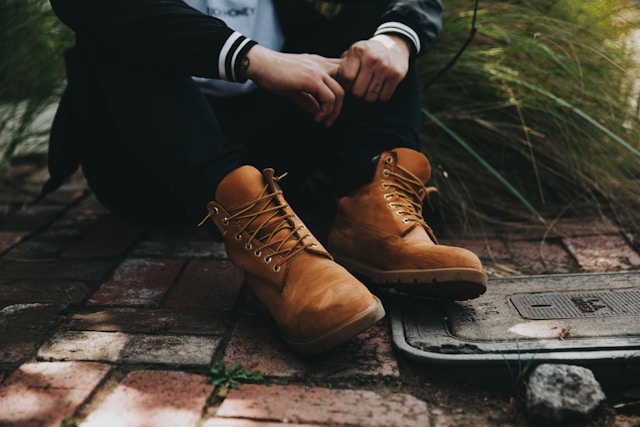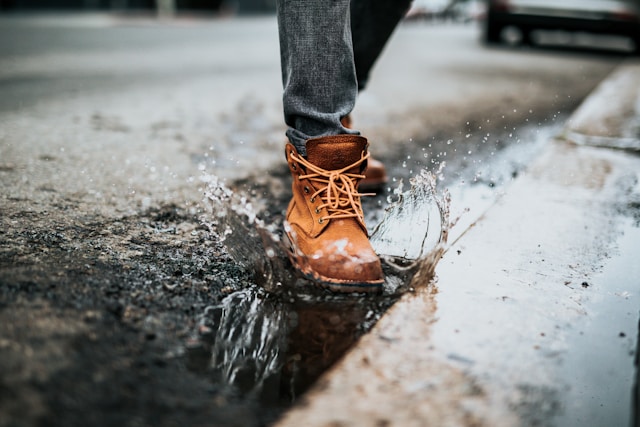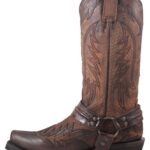Getting new work boots is always a special feeling because they promise tough protection and long life on the job. Still, if you wear brand new boots all day from the start, they can hurt your feet badly and make working hard. Taking time to break in your boots is a key part of making sure they feel good for a long time and help stop injuries. In Australia, work can mean very hot weather, rough ground, or anything in between, so broken-in, well-fitting boots are a must for workers in many sectors. For those in construction, mining, farming, or other tough jobs that need strong shoes, carefully breaking in boots changes day-to-day comfort at work for the better.

Understand the Importance of Breaking Them in
Fresh boots, especially those made from thick leather, feel stiff and hard when you wear them for the first time. These strong materials are chosen because they keep your feet safe and support them over many years of hard use. Leather boots, in particular, learn your foot’s shape slowly with wear. If you keep the new boots on for too long on the first day, it will cause your feet to get painful blisters and chafing. For this reason, it’s very important to go slowly and be patient with new boots. Step-by-step breaking-in always works better than rushing, and you will keep your feet strong and protected during the whole process.
Start Slow and Build Up Gradually
It’s best to wear your new boots for short periods in the beginning. At home or while doing simple tasks, put them on for a little while to help the boot shape start matching your foot without putting on too much pressure. Every couple of days, you can walk or stand for longer stretches as your feet start to get used to the hard soles and strong leather. Watch carefully for soreness or pressure marks on your feet as this could mean you need to stop and let your feet rest before trying again. Thanks to this careful method, you lower the risk of blisters and tiredness in your feet. This advice goes for all types of work boots, including ladies work boots, since their feet also need shoes broken in gently for best results.
Use the Right Socks and Insoles
Socks help much more than people think when you’re breaking in boots. Choosing thick, moisture-wicking socks will protect your feet from rubbing and help avoid hot spots, especially when the boots are new. When it’s cold in Australia, socks made with wool blends keep your feet warm and provide a bit more cushion against the hard leather. For boots that feel too hard or do not support your arch at first, slip in some good insoles for extra comfort. Good insoles add soft padding and help your arch, letting the boot mold to your foot more easily over time. The combination of strong socks and fitted insoles makes the break-in time shorter and easier for your body.
Looking after sweat level in your shoes lowers blisters and skin rashes during the break-in period. It’s best to skip cotton socks because they keep your feet wet and can cause serious discomfort. Instead, use socks made from synthetic fabric or merino wool because they draw away sweat and keep skin dry. Insoles work best when they match the shape and curve under your arch, some even come in orthotic versions for people who need extra support for their job. For workers who walk or stand for many hours, this added padding means much less soreness and a smoother break-in time overall.
Condition the Leather for Flexibility
You can help leather work boots relax by conditioning them now and then. Leather conditioner smooths out tough leather, makes it bend easier, and helps it take your foot shape much faster. Harsh Australian weather can dry out leather boots until they crack, making them slower to break in and weakening them over time. Treating your boots with conditioner both before you wear them and during early days means the leather will flex instead of splitting as you move. Workers who buy boots with very thick leather tops find conditioning even more helpful because these boots need extra time to become soft.

Listen to Your Feet and Adjust Accordingly
No two pairs of feet and boots are ever the same, so pay attention to your body while breaking in new shoes. If a part of the boot always feels tight or painful, ask a trained shoe professional for advice or try some stretching tricks to fix the fit. In Australia, some people buy boot stretchers or see experts who adjust boots to speed up the break-in period. Taking the extra steps now means you will avoid long-term foot troubles such as sore heels or pain in your arch. Swapping between old boots and the new pair while you break them in is useful because it lets your feet rest and helps the new ones shape up nicely.
Being patient with new work boots is tough, but following the correct break-in steps will make sure you get full support and strength from your shoes. Once they’re broken in, boots should feel natural, support you well, and help you handle long shifts without pain. Properly fitted footwear is your best ally to stop injury, cut down on tiredness, and make sure every tough workday in Australia feels easier.









Leave a comment